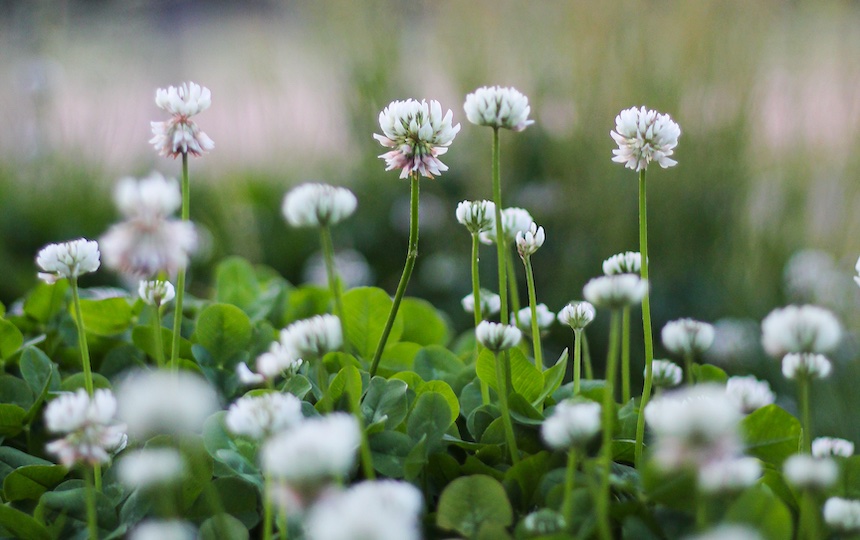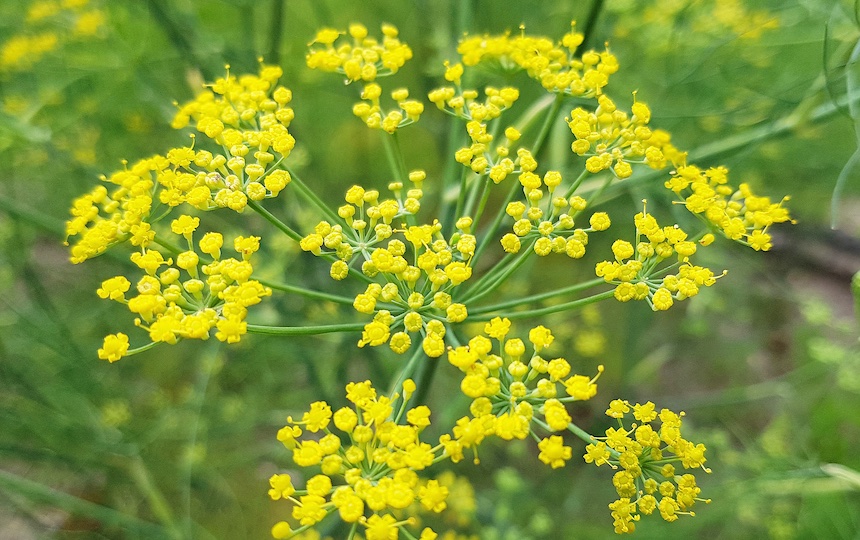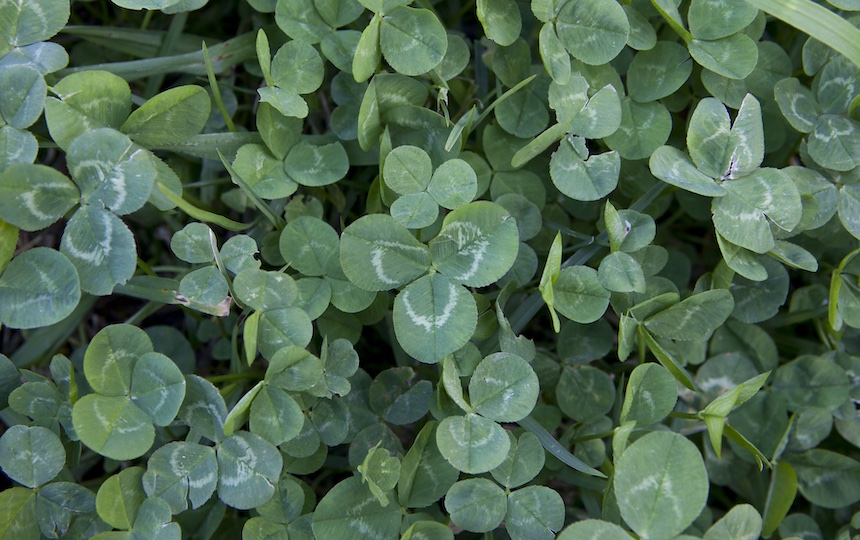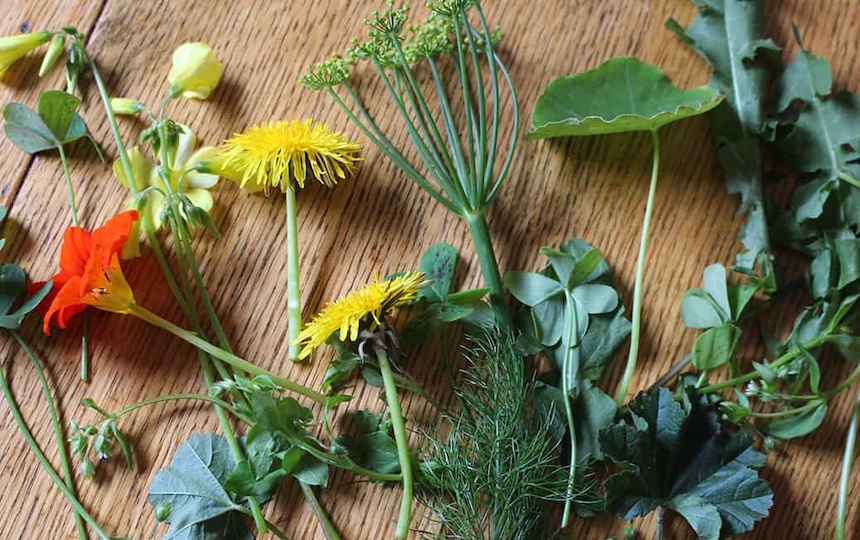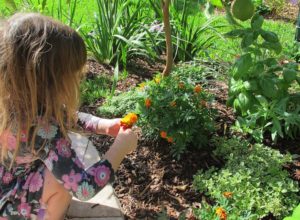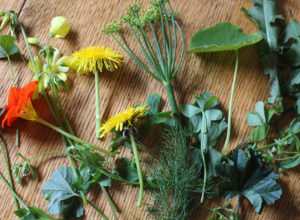Many edible weeds boast medicinal properties as well as being a great source of nutrition… plus they’re free! Turn your unwanted weeds into edible delights.
We moved house not that long ago, so we’re yet to plant a garden. And I just can’t bring myself to pay good money for store-bought greens, as I know how damn easy they are to grow!
I also know how nutritious they are. And while we eat very well, I felt like we were missing something in our diet.
So… we decided to eat our weeds.
It’s just a word really, isn’t it? Weed. A plant that’s out of place. A plant that someone doesn’t want there. When in fact, the common weed can be incredibly nutritious.
And they just grow. You don’t have to do anything. You don’t have to plant seeds, water them in, feed them or manage them in any way. They just appear where you least expect (or probably want) them.
What are some of the best-loved weeds to eat?
A quick check of our very handy little edible weeds book and we realised that we had plenty of edible weeds growing around our house.
Sow thistle? Brilliant in a salad and a nutritional powerhouse, it’s high in iron and calcium.
Purslane? Great as a tzatziki style yoghurt dip. Packed with potassium, Vitamins A, C and E and antioxidants.
Recently, we felt in a spinach pie kind of mood, and our handy book described stinging nettle as a fine spinach substitute. And stinging nettle was definitely something we had plenty of in the paddock near the house. So I packed the kids off outside with gloves on to gather a bunch for our lunch.
When you blanch stinging nettle in boiling water for a minute it not only loses its sting, but it retains its vibrant green colour. So this is just what we did. The smell was divine, earthy.
Once cooked, I pulled off the stinging leaves from the thick stems, and ripped them up a bit before adding to the beaten eggs for my pie. They actually retained their vibrant green even after being cooked in the oven and looked fantastic.
As for the taste? Well, a finer “spinach” pie I haven’t made. My fussy eaters (who won’t touch spinach) even loved it. And what an added bonus to have all the goodness of the bountiful protein, powerful antioxidants, and a high amount of calcium.
A favourite recipe for many is stinging nettle soup, which provides another option to repurpose this invasive weed.
Turn your kids into clever foragers
My kids now love identifying, picking and eating the weeds when outside playing. They regularly come to me with bunches of wild fennel, munching away happily. They love to find the blackberry nightshade and taste the sweet dark berries (and no, it’s not the same as deadly nightshade!).
And we have decided to let the mallow be, rather than try to get rid of it all, as it’s quite handy in a risotto and also make a great thickener for soups.
While there’s no way I would ever give up the pleasure of eating fresh leafy green vegetables straight from the vegie patch, like lettuce, cabbage, broccoli and chard, eating our weeds has opened a whole new world of nutritious plants we can harvest year-round, with no work, no “gardening” and plenty of taste and goodness.
Of course, proper identification is essential, as there are some look alike weeds that you might not want to ingest. So pick up some favorite foraging books, or look up a website, and get foraging. Weeds have a long medicinal tradition, can be very nutrient-dense, and you don’t have to burn fuel to get to the grocery shop to buy them.
Perhaps we need to stop calling them weeds, and instead give these invasive plants the more accurate moniker of wild edibles.
Want to know more about edible weeds?
Issues #3 to #18 of Pip Magazine features our Eat Your Weeds section, where we profile a particular weed in each issue.
You can access these article online here as part of our digital subscription offering, or subscribe to the print version of Pip Magazine here.
And don’t forget we have loads of edible weeds-related content online, including these articles and weed recipes:

